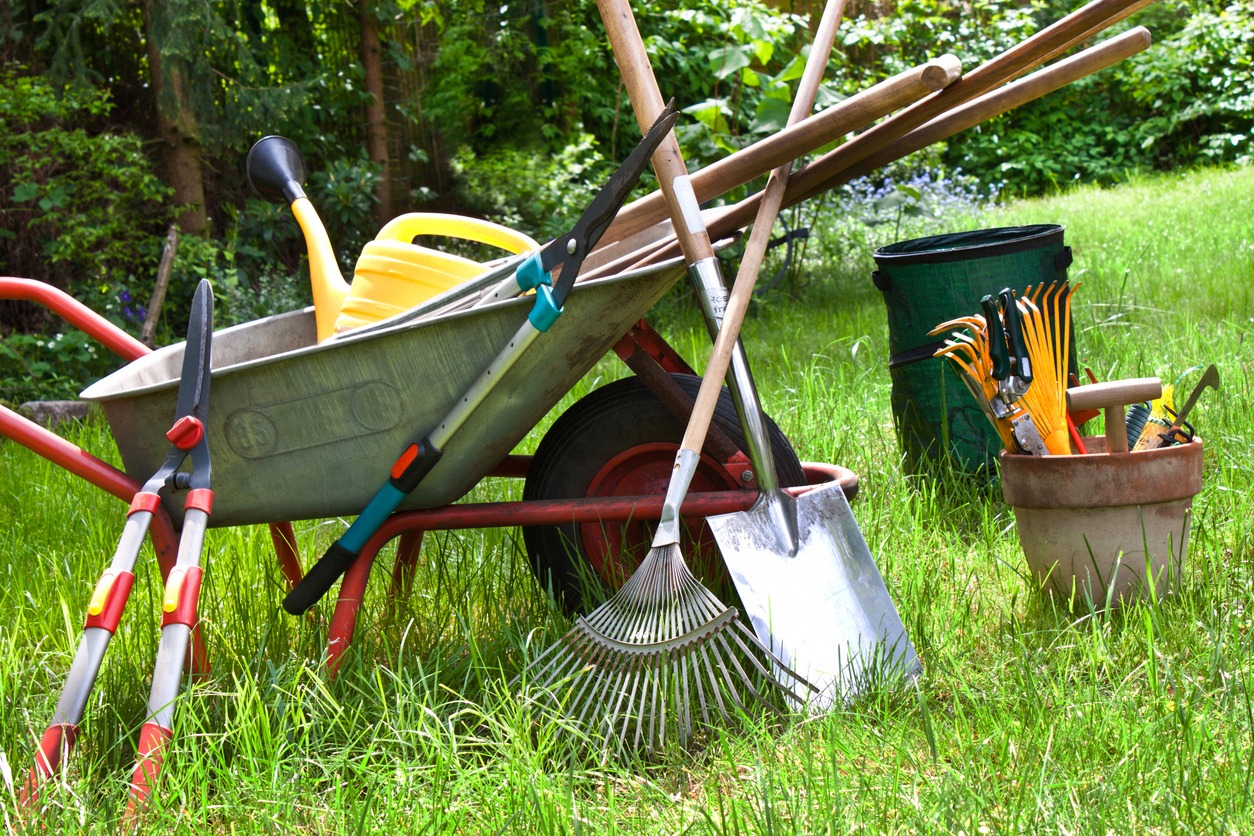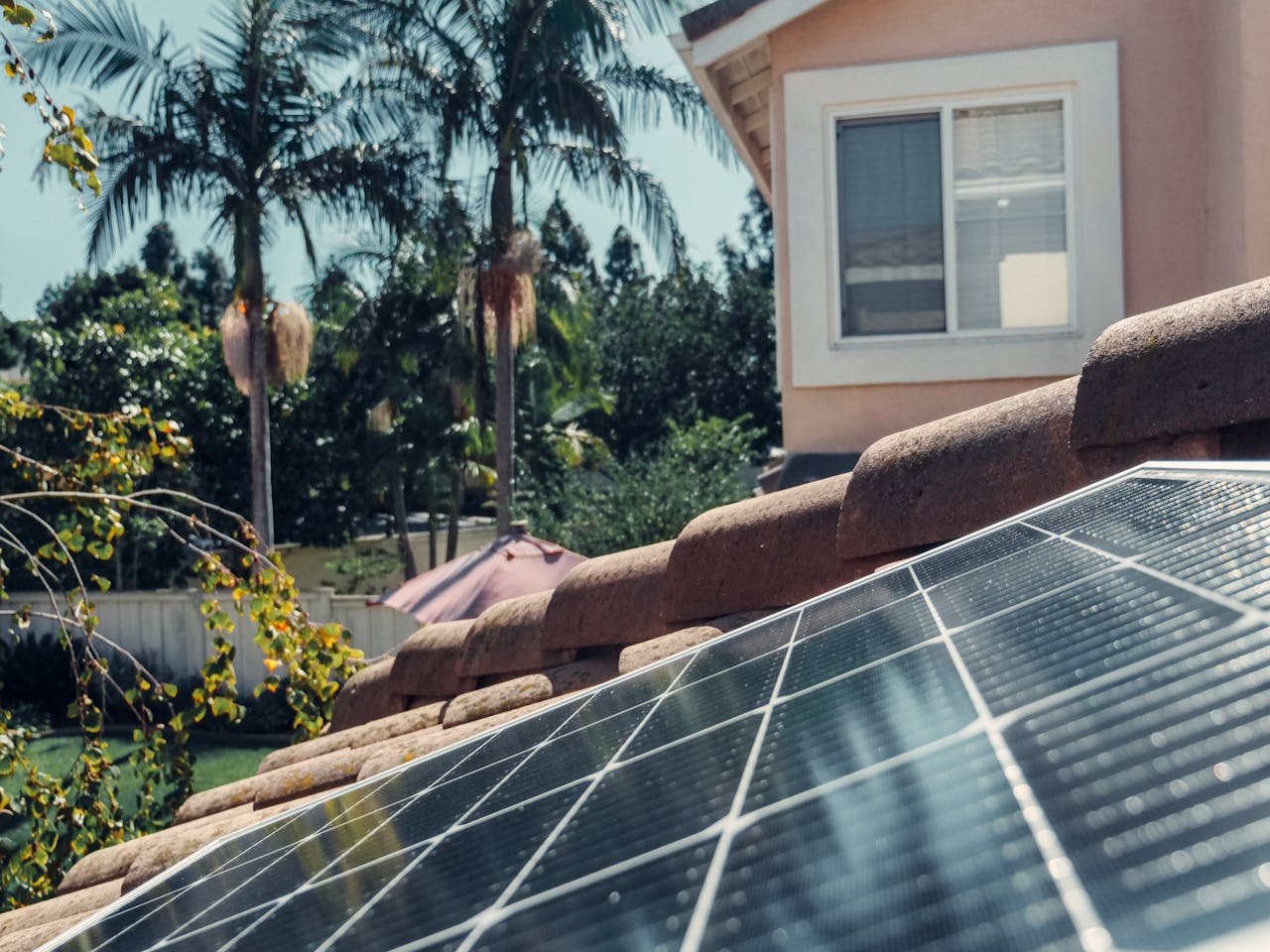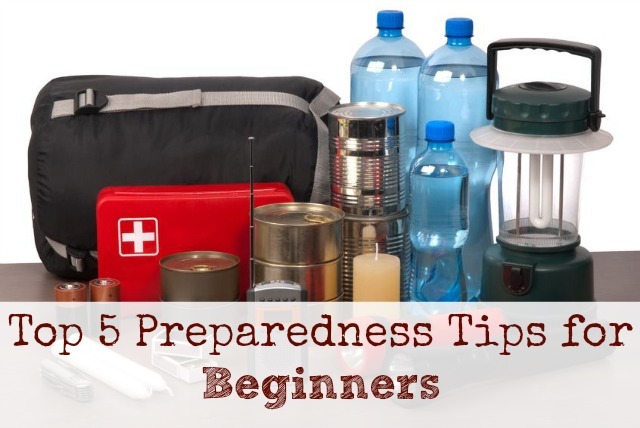Frugal Living Tips Every Homesteader Should Know

Homesteading is more than just a lifestyle—it’s a journey toward self-sufficiency, sustainability, and, yes, saving money. For many, the idea of living off the land conjures up images of idyllic simplicity. But the reality is that homesteading can come with its own set of challenges, especially when it comes to managing resources. That’s where frugal living comes in.
Whether you’re just starting out or you’ve been homesteading for years, adopting cost-effective habits can make a world of difference. In this guide, we’ll explore practical, actionable tips to help you stretch your budget while thriving on your homestead.
1. Smart Financial Management

When it comes to homesteading, every peso counts. Smart financial management is the foundation of a successful, sustainable homestead.
- Track Your Expenses: Start by writing down every expense related to your homestead. Use a notebook, spreadsheet, or budgeting app—whatever works for you. This will help you identify areas where you can cut costs or redirect funds. Over time, you’ll notice patterns, like unnecessary trips to the store or overspending on feed. Awareness is the first step to improvement.
- Prioritize Needs Over Wants: Ask yourself, “Do I really need this right now?” For example, while upgrading to a fancy garden shed might be tempting, the money might be better spent on high-quality tools or seeds that will directly benefit your homestead. Prioritizing essentials helps you stay focused on what truly matters.
- Leverage Discounts and Freebies: Look for coupons, sales, and free resources. Join local community groups where people give away items they no longer need. You might find tools, materials, or even livestock for free or at a low cost. Websites like Freecycle and Facebook Marketplace are gold mines for frugal homesteaders.
- Explore Side Hustles: Sell surplus produce, crafts, or baked goods at local markets. You can also consider freelance work or online selling platforms to generate extra income. Every bit helps to build a financial cushion for unexpected expenses. Think creatively—do you have a skill you can teach or a product unique to your homestead?
Pro Tip: Bartering is a tried-and-true method for homesteaders. Trade eggs for vegetables or homemade soap for firewood. You’ll save money while building strong community connections. Imagine building relationships while keeping your wallet happy—a win-win!
2. Energy Conservation Strategies
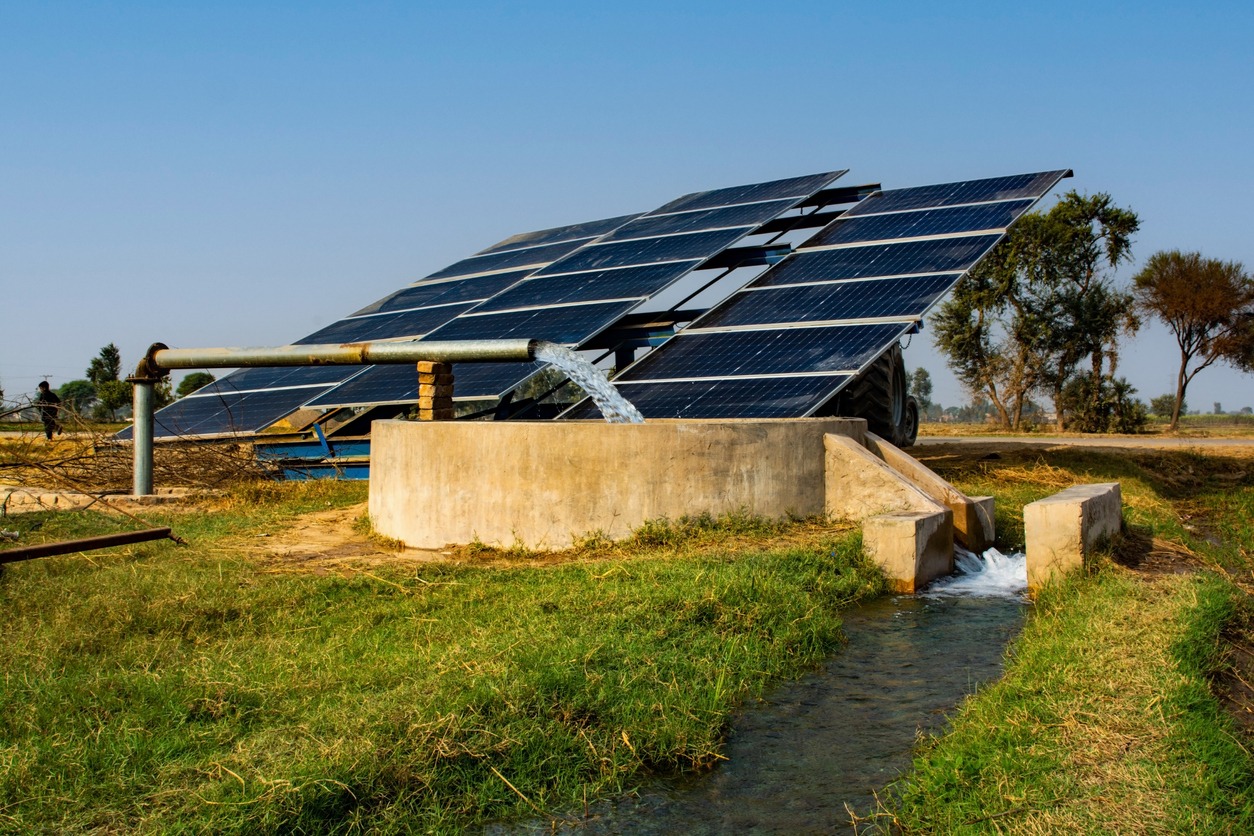
Cutting energy costs doesn’t just save money—it also aligns with sustainable living principles.
- Adjust Your Water Heater: Lower the temperature to 120°F (around 49°C). This small adjustment can save you up to 5% on your energy bill. It also prolongs the lifespan of your heater, meaning fewer repairs or replacements down the road.
- Be Smart with Appliances: Use energy-efficient settings on your dishwasher and washing machine. If you’re drying clothes, consider hanging them outside. Not only does this cut electricity costs, but the fresh outdoor scent is a bonus!
- Combat Phantom Energy: Many appliances draw power even when turned off. Use power strips and switch them off when appliances aren’t in use. It’s one of the simplest yet most effective ways to reduce wasted energy.
- Switch to Renewable Energy: If your budget allows, invest in solar panels or a small wind turbine. These can significantly reduce your long-term energy costs and make your homestead more self-sufficient. Even small solar setups for lighting or charging devices can make a noticeable difference over time.
DIY Tip: Make thermal curtains to insulate your home during colder months. You can repurpose old blankets or heavy fabrics for this project. Insulating your windows can reduce heating costs by 20% or more, a simple but impactful change.
3. Sustainable Food Practices
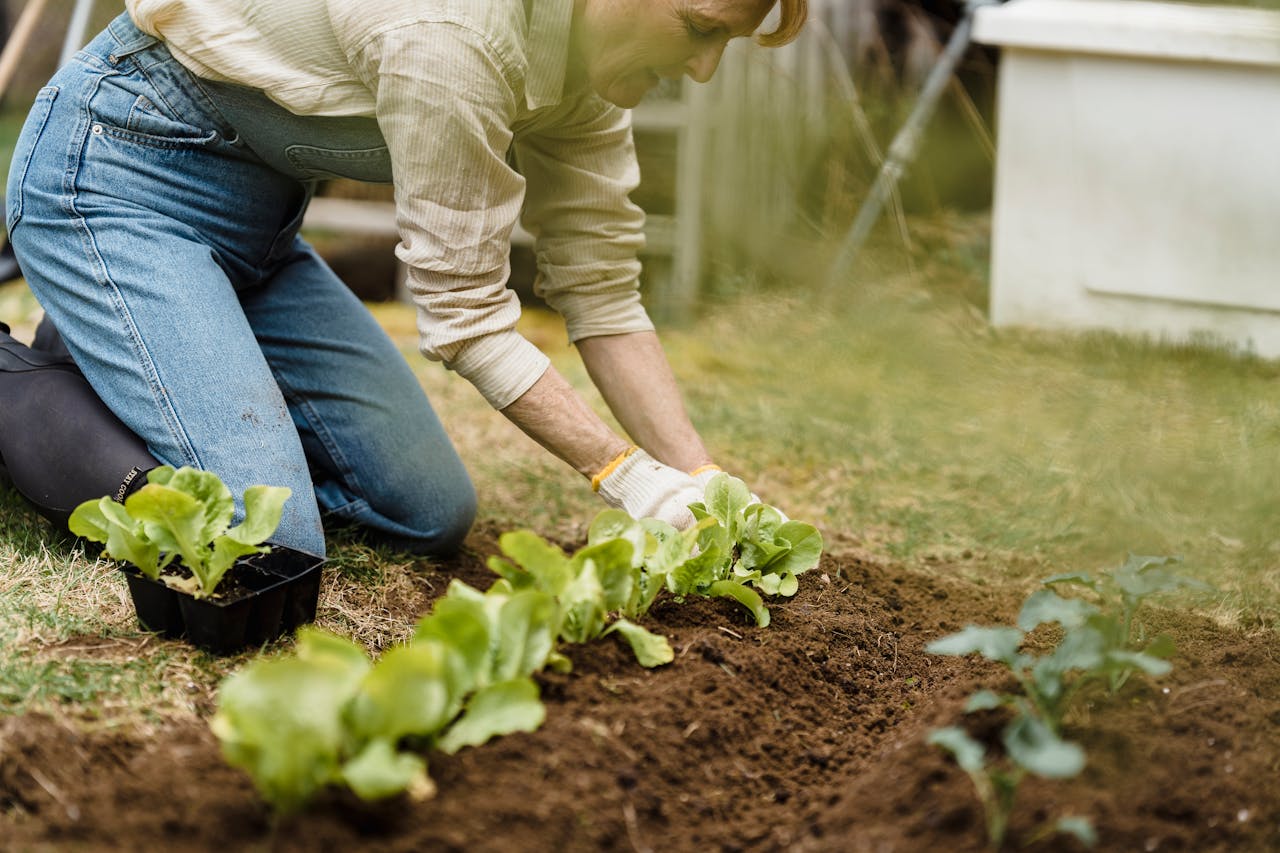
Growing and preserving your own food is at the heart of homesteading. By embracing sustainable practices, you can save money while reducing waste.
- Start a Garden: Focus on high-yield crops like tomatoes, zucchini, and beans. These provide plenty of produce with minimal investment. Incorporate companion planting to maximize your yields—pairing crops like carrots and onions can deter pests naturally and save money on pesticides.
- Use Homemade Fertilizers: Skip the store-bought options and nourish your plants with crushed eggshells, banana peels, and coffee grounds. These materials are not only free but also packed with nutrients. Start a compost tea to supercharge your garden—it’s essentially compost in liquid form that can be used as a powerful fertilizer.
- Preserve Your Harvest: Don’t let surplus produce go to waste. Learn basic preservation techniques like canning, freezing, and dehydrating. This ensures you’ll have a stockpile of food year-round. Imagine enjoying homegrown tomato sauce in the middle of December—it’s worth the effort!
- Compost Food Scraps: Turn kitchen waste into rich compost for your garden. It’s a simple way to reduce landfill waste while improving soil fertility. Even if you have limited space, a small compost bin or even a vermiculture setup can work wonders.
Pro Tip: Consider seed-saving from your current crops. Over time, this practice can eliminate the need to buy seeds annually. Plus, you’ll develop crops that are better adapted to your local environment.
4. DIY and Upcycling Techniques
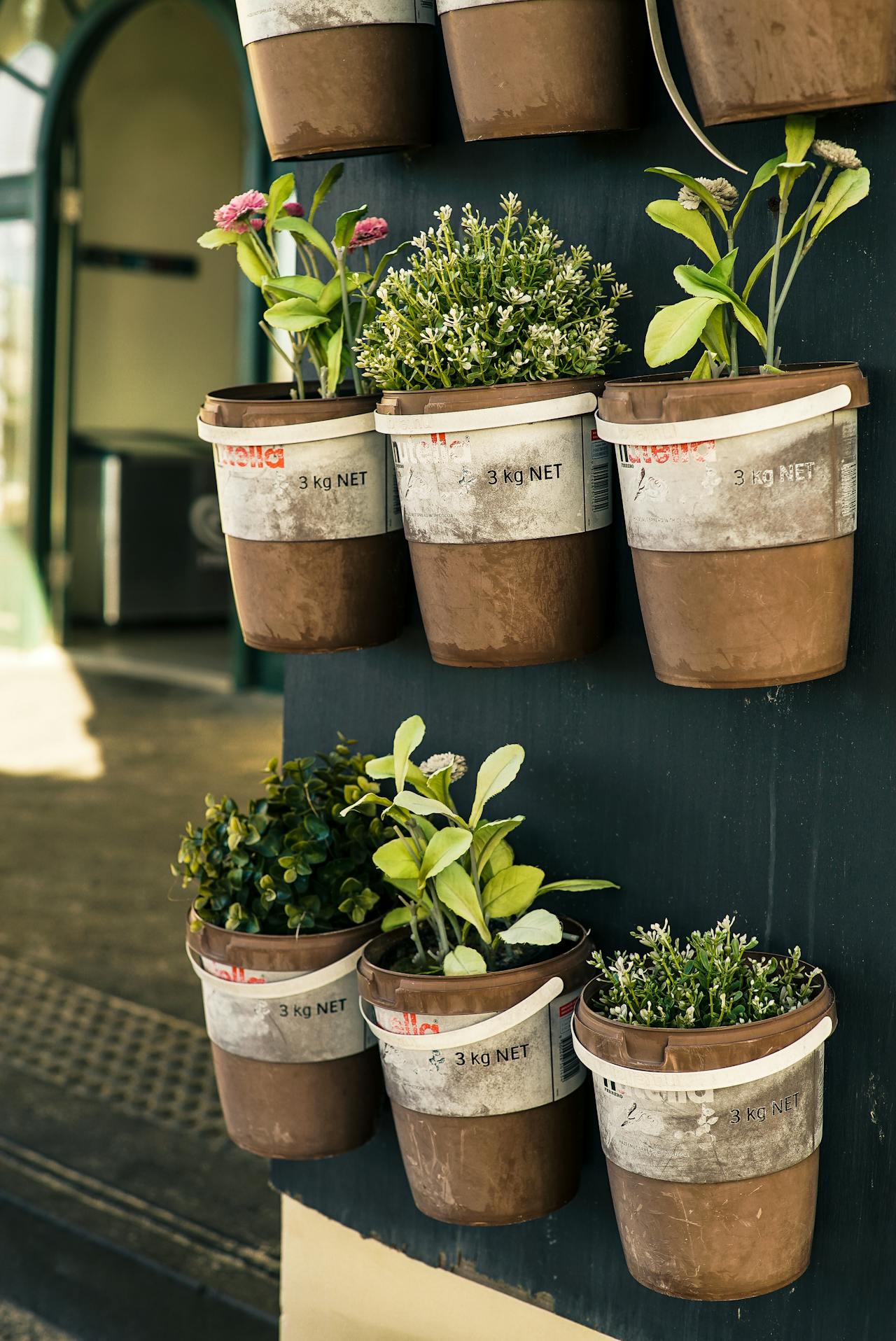
Why buy new when you can repurpose what you already have? DIY and upcycling are invaluable skills for any frugal homesteader.
- Repurpose Materials: Use old pallets to build raised garden beds or create shelving from scrap wood. Don’t throw away old jars—they can become storage containers, vases, or even lanterns.
- Learn Basic Skills: Sewing, woodworking, and basic metalworking can save you a fortune on repairs and new items. Patching clothes, fixing tools, or even creating your own furniture can make a huge difference over time. The internet is full of free tutorials for beginners!
- Personalize Home Decor: Upcycle glass jars into lanterns or old fabric into reusable shopping bags. These small projects not only save money but also add charm to your home. Think rustic chic without the hefty price tag.
DIY Inspiration: Build a compost bin from old wooden crates or create a vertical garden using recycled plastic bottles. Both projects are affordable and practical. For a larger project, try making your own chicken coop using reclaimed materials—it’s easier than you might think!
5. Efficient Resource Utilization
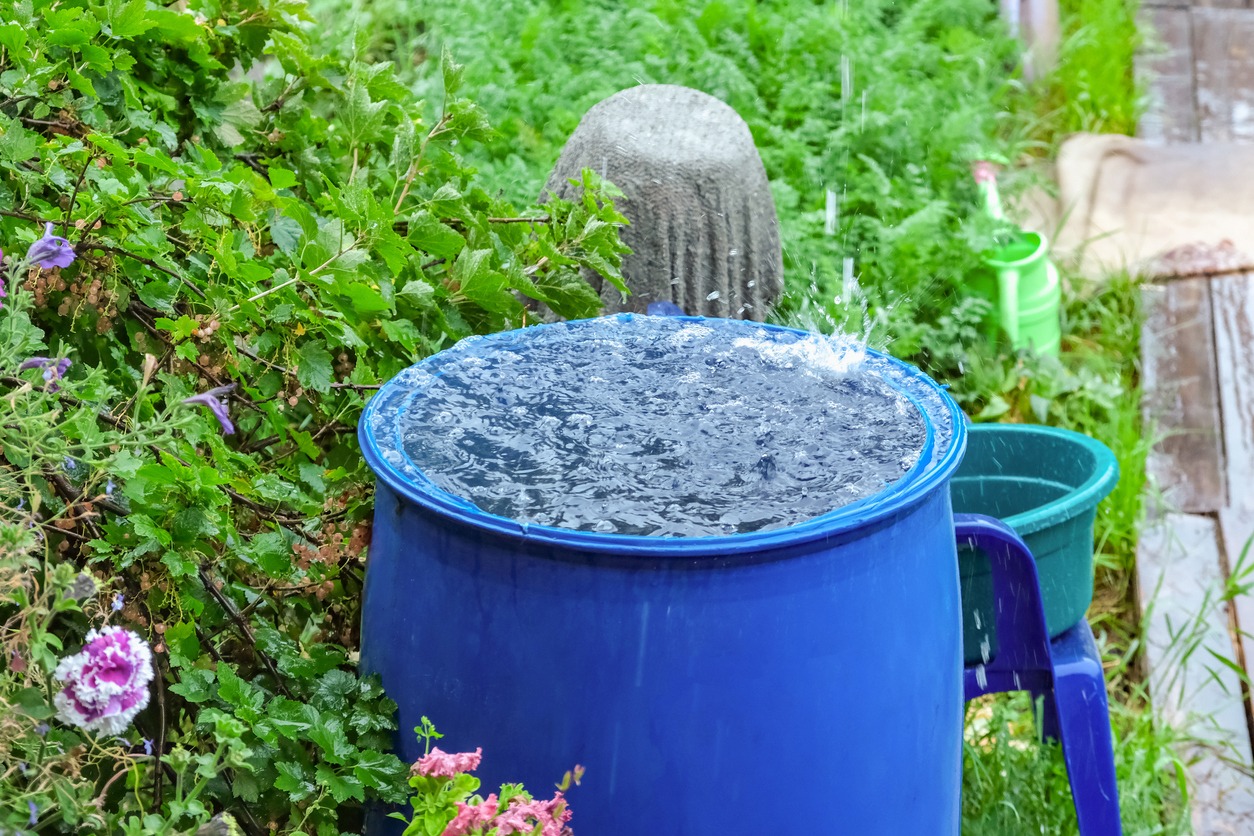
Maximizing the use of your resources is a cornerstone of frugal living.
- Space-Saving Gardening: Use vertical gardening techniques to grow more in less space. Trellises and hanging planters are excellent for this. Small homesteads can still yield big harvests with creative planting techniques.
- Collect Rainwater: Install rain barrels to capture water for irrigation. This reduces your dependence on municipal water and lowers your bills. Pair this with a drip irrigation system for maximum efficiency.
- Be Strategic with Animal Care: Use rotational grazing to make the most of your land. This practice improves soil health, reduces feed costs, and keeps your animals healthier.
Personal Care Tip: Cut down on expenses by making your own soap and cleaning products. Ingredients like vinegar, baking soda, and essential oils can go a long way. You’ll avoid harsh chemicals while saving money.
6. Community-Based Frugal Living
Homesteading doesn’t have to be a solo endeavor. By connecting with your local community, you can share resources, skills, and knowledge.
- Join Exchange Groups: Look for local buy/sell/trade groups or time banks where you can barter goods and services. You’d be surprised how many people are eager to trade instead of buy.
- Organize Food Swaps: Exchange excess produce with neighbors to diversify your stockpile without spending money. If you’re growing zucchini but need strawberries, food swaps are perfect.
- Start a Community Garden: Collaborate with others to grow and share fresh produce. It’s a cost-effective way to access a variety of crops.
Pro Tip: Attend local workshops or skill-sharing events to learn from seasoned homesteaders. These gatherings are often free or very affordable and provide a wealth of knowledge.
7. Leveraging Technology for Frugal Living
Incorporating technology into your homesteading efforts can streamline processes and save money.
- Use Budgeting Apps: Track your expenses and savings with apps like Mint or YNAB (You Need a Budget). They’re user-friendly and can help you spot areas for improvement.
- Learn Online: Take advantage of free tutorials on platforms like YouTube for DIY projects, gardening tips, and energy-saving hacks. There’s a wealth of information at your fingertips.
- Join Online Communities: Engage with homesteading forums and social media groups to share ideas, troubleshoot problems, and find affordable solutions. You’re not alone—there’s a whole online world of support.
Conclusion
Frugal living isn’t about deprivation—it’s about making intentional choices that align with your goals as a homesteader. By managing your finances wisely, conserving resources, and embracing sustainable practices, you can create a thriving, self-sufficient homestead.
Start small, stay consistent, and don’t be afraid to experiment. Whether you’re swapping produce with a neighbor or building a garden bed from scratch, every step brings you closer to a simpler, more rewarding life.


